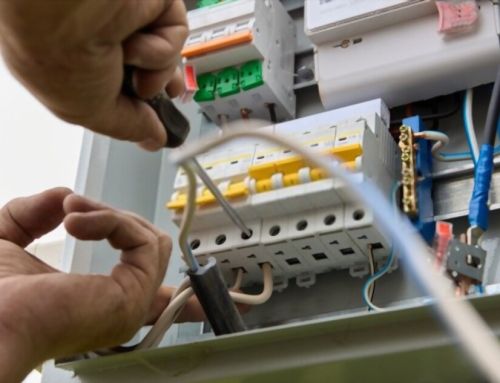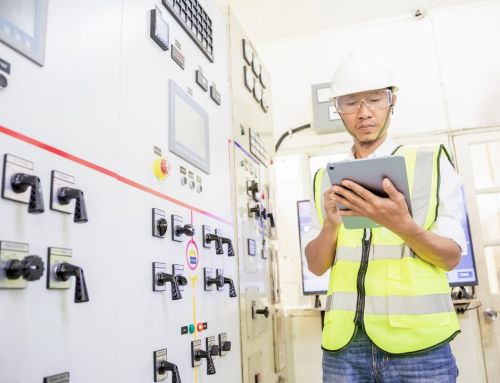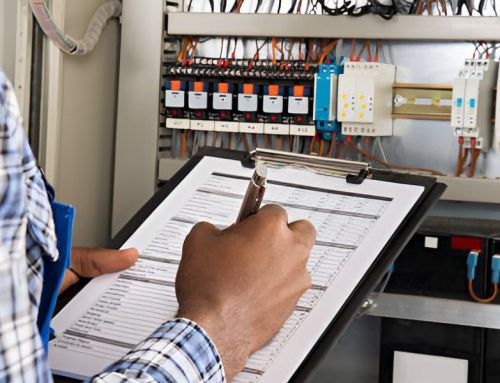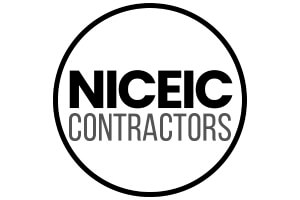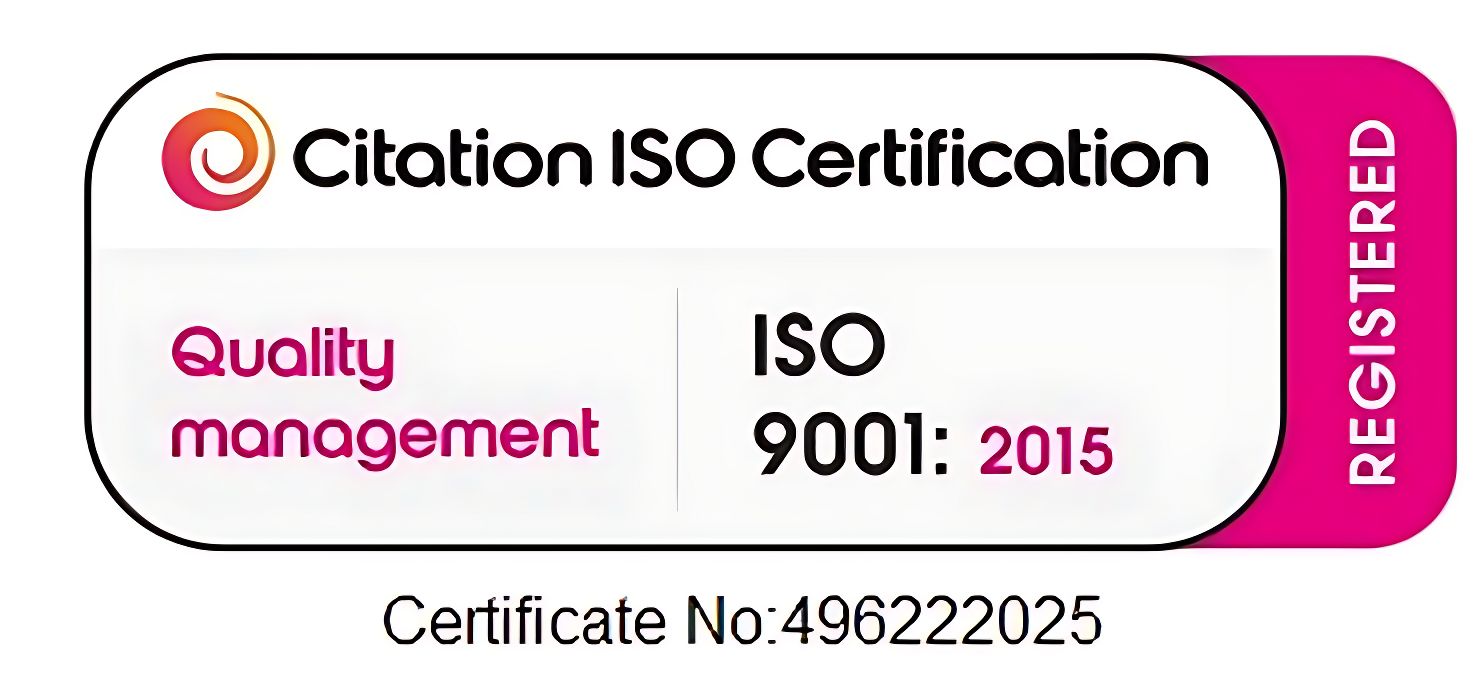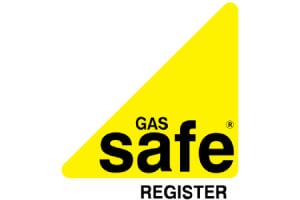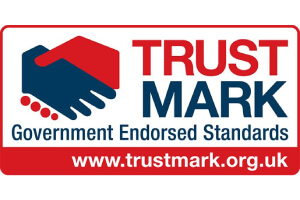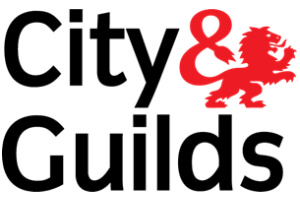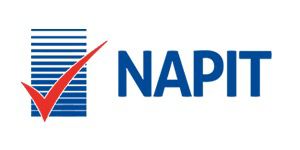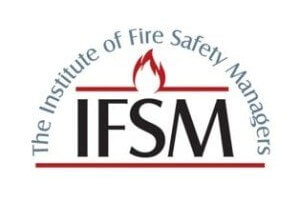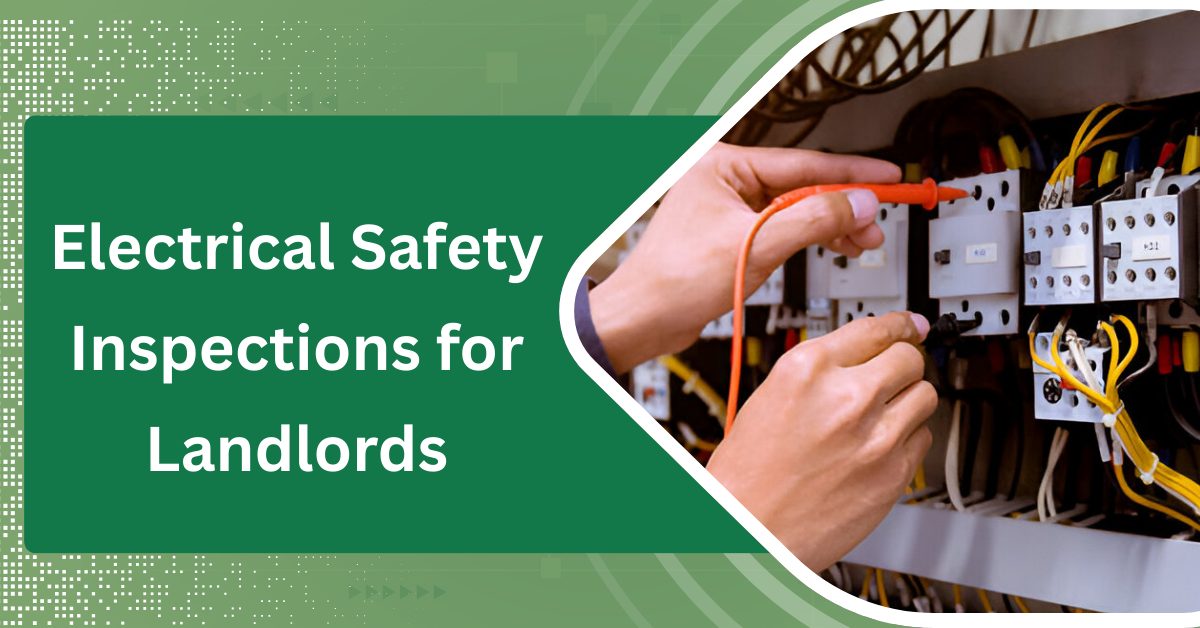
Electrical Safety Inspections for Landlords are a mandatory aspect of property management. Current regulations require that all fixed electrical installations be routinely assessed for safety and compliance. Failure to carry out these inspections can have significant legal and financial consequences. Understanding the scope of these inspections and the specific documentation required is critical for maintaining safe and compliant rental properties. Knowing what constitutes a thorough inspection is the first step toward effective risk management.
Key Takeaways
- Landlords must have electrical installations professionally inspected and tested at least every five years to ensure tenant safety and legal compliance.
- A qualified electrician must produce an Electrical Installation Condition Report (EICR), which identifies defects, hazards, and any required remedial work.
- Landlords must provide the EICR to tenants within 28 days and to local authorities within 7 days if requested.
- If the EICR is unsatisfactory, landlords must complete remedial work promptly and confirm compliance to tenants and authorities.
- Failure to comply with inspection and reporting requirements can result in fines up to £30,000 and enforcement action.
Understanding Electrical Safety Regulations for Rental Properties
Since June 2020, electrical safety regulations require landlords of private rented properties to guarantee that all fixed electrical installations are inspected and tested by a qualified and competent person at least every five years.
Compliance mandates adherence to the 18th Edition of the IET Wiring Regulations (BS 7671). Following inspection, landlords must obtain an Electrical Installation Condition Report (EICR), retain it for future reference, and provide it to existing tenants within 28 days.
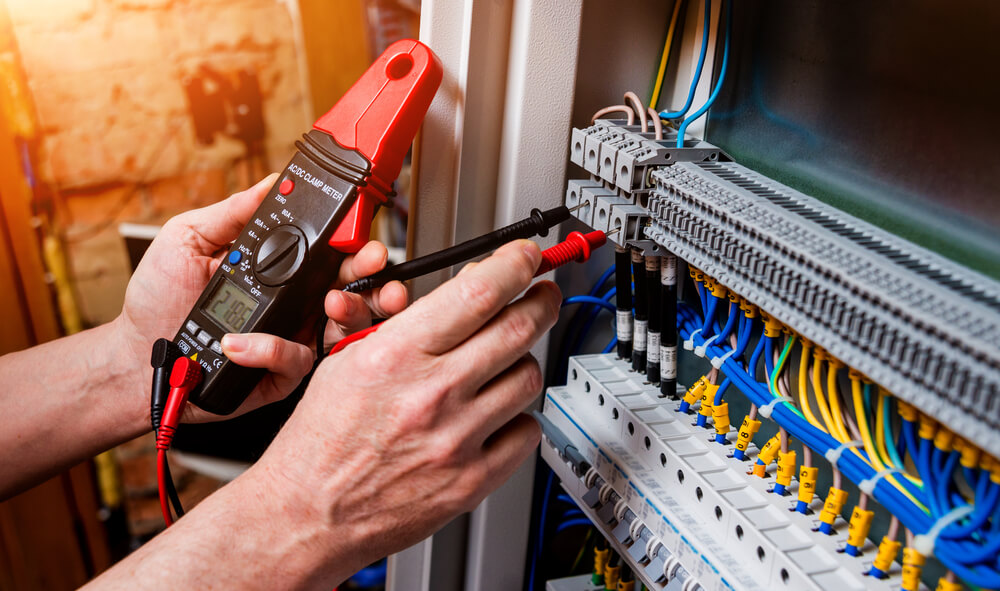
The EICR must also be supplied to local housing authorities within seven days of request. These regulations apply to most private tenancies, excluding specified exemptions such as long leases and social housing.
Regular appliance testing is recommended for landlord-supplied equipment, though it is not explicitly required to comply with current electrical safety regulations.
What an Electrical Installation Condition Report (EICR) Covers
What does an Electrical Installation Condition Report (EICR) evaluate within a rental property? An EICR assesses the integrity and safety of fixed electrical installations, guaranteeing compliance with the 18th Edition of the Wiring Regulations (BS 7671). The inspection is extensive, focusing solely on fixed wiring, circuits, consumer units, sockets, switches, and light fittings. It does not extend to portable appliances. The report identifies defects, potential fire or shock hazards, and areas requiring remedial work using standardized coding (C1, C2, C3, FI). Below is a summary of critical inspection areas:
| Inspection Area | EICR Focus |
|---|---|
| Consumer Units & Wiring | Overloads, damage, wear, conformity |
| Socket-outlets & Switches | Integrity, damage, and correct operation |
| Lighting & Fixed Equipment | Safe installation, correct circuit protection |
This guarantees safety and regulatory adherence.
Inspection Frequency and Reporting Requirements
How often must electrical safety be validated within rental properties to ensure ongoing compliance? The regulations mandate that electrical installations in privately rented properties undergo thorough inspection and testing by a qualified electrician at intervals not exceeding five years.
Upon completion, the landlord must secure an Electrical Installation Condition Report (EICR), which is distributed to existing tenants within 28 days and must be presented to local housing authorities within seven days of request.
Moreover, the EICR should be provided to incoming tenants before occupancy and retained for reference until the subsequent inspection.
While fixed installations are the regulatory focus, routine inspection of landlord-supplied appliances is recommended, though not compulsory.
Adhering to these reporting protocols is essential for regulatory compliance and risk mitigation within the private rented sector.
Steps to Obtain and Maintain Electrical Safety Certificates
To obtain and maintain electrical safety certificates in rental properties, landlords must engage a qualified and competent electrician to conduct a thorough inspection of all fixed electrical installations by the 18th edition of the Wiring Regulations (BS 7671).
Following inspection, an Electrical Installation Condition Report (EICR) is issued, documenting the condition of the installation and specifying the required date for the next assessment.
The landlord must provide a copy of the EICR to all existing tenants within 28 days and to the local housing authority within seven days upon written request.
The report must be retained until the subsequent inspection and furnished to new tenants before occupancy, as well as to the next inspecting electrician.
Adherence to these steps ensures regulatory compliance and ongoing property safety.
Dealing With Unsatisfactory EICR Results and Remedial Work
When an Electrical Installation Condition Report (EICR) returns an unsatisfactory result, immediate attention to the outlined defects is mandated by regulations. Remedial actions must be completed by a qualified electrician within the required timeframe, and written confirmation that the installation now meets electrical safety standards must be obtained. The landlord is obligated to provide both the revised EICR and confirmation of remedial work to existing tenants and, if requested, to the local housing authority within 28 days. Failure to comply may result in enforcement action and significant financial penalties. The table below summarises typical EICR outcomes and required actions:
| EICR Code | Description | Action Required |
|---|---|---|
| C1 | Danger Present | Immediate remedial work |
| C2 | Potentially Dangerous | Prompt remedial work is required |
| FI | Further Investigation Needed | Investigate without delay |
| C3 | Improvement Recommended | No immediate action required |
Landlord Responsibilities for Electrical Appliances
Following the completion of remedial work identified in an EICR, attention must also be directed to the management of electrical appliances provided within the rental property. While current regulations primarily address fixed installations, best practices dictate that landlords adopt a thorough approach to appliance safety.
The absence of statutory requirements for Portable Appliance Testing (PAT) does not preclude a duty of care—systematic documentation and risk assessment remain essential. Product registration enhances traceability for recalls, and clear delineation of responsibilities between landlord and tenant is critical for compliance.
- Conduct regular PAT on all landlord-supplied portable appliances.
- Maintain detailed records of appliance inspections and outcomes.
- Register all supplied appliances with the manufacturers for safety updates.
- Provide tenants with instruction manuals and guidance on safe use.
- Communicate distinctions between landlord-supplied and tenant-owned appliances.
Penalties for Non-Compliance and How to Stay Compliant
How can landlords guarantee they remain within the boundaries of electrical safety regulations and avoid substantial penalties? Stringent compliance is essential: landlords must commission five-yearly inspections by qualified electricians, retain and distribute Electrical Installation Condition Reports (EICRs) within statutory deadlines, and promptly address any remedial actions indicated by the report.
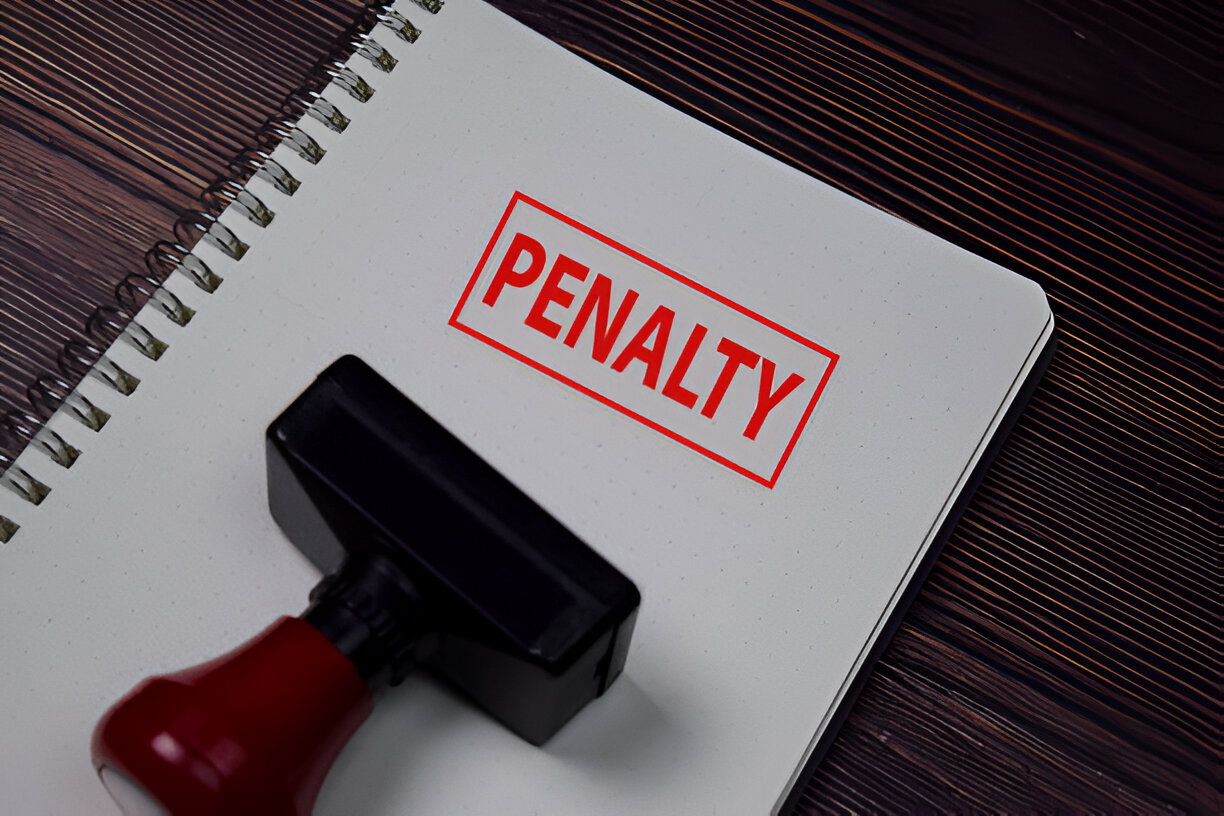
Non-compliance exposes landlords to corrective actions by local authorities, including direct intervention at the landlord’s expense and civil penalties of up to £30,000 per breach. Meticulous recordkeeping, timely communication with tenants and authorities, and engaging competent professionals are critical.
Utilizing digital compliance platforms such as Safe2 can streamline documentation and alert landlords to impending certificate expirations. Regular internal audits and proactive review of regulatory updates further mitigate risk and ensure robust compliance.
Frequently Asked Questions
How Does Electrical Safety Compliance Affect Landlord Insurance Policies?
Electrical safety compliance directly influences landlord insurance validity; insurers may deny claims or void policies if statutory inspection and certification requirements are unmet. Demonstrated adherence reduces liability, ensures coverage continuity, and is often a prerequisite for policy issuance or renewal.
Can Landlords Use Digital Platforms to Manage All Safety Certificates?
Digital platforms enable landlords to manage all safety certificates by centralizing document storage, scheduling inspections, tracking expirations, and ensuring regulatory compliance. Such platforms offer audit trails and streamlined communication, supporting meticulous recordkeeping and facilitating adherence to statutory requirements.
Are Discounts Available for Electrical Inspections Through Landlord Associations?
The current question concerns the availability of discounts on electrical inspections for landlords via associations. Landlord associations, such as the NRLA, frequently negotiate member-exclusive discounts—NRLA, for example, offers a 5% reduction on Safe2 electrical inspection services.
About the Author: LandlordCertificate
Related Posts
Get Social
Recent Posts
- Fire Risk Assessment Review as a Driver of Stronger Safety Control
- Comprehensive EICR London Services for Every Property
- System Planning for Large Buildings with Fire Alarm Installation
- Fire Service Fire Risk Assessment for Stronger Safety Management
- Electrical Risk Clarity Improved Through an EICR Report


